Palaeontologist Dr. Darren Naish tweeted a thread today on the more detailed story about the Hook Island tadpole monster picture. For ease of reading, here is the thread Spooled for easy reading and searching.
[Twitter threads are not like blog posts in that they can not be edited once posted. I have made minor edits in punctuation and format below. – Editor]
A thread by Darren Naish
Following the success of the recent #LochNessMonster thread, I thought I’d do another, this time on one of my favourite sea monster stories: the case of Robert Le Serrec’s Hook Island tadpole monster…
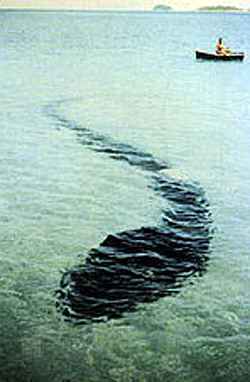
The story starts on December 12th 1964 when Robert Le Serrec, a Breton photographer, obtained photos of a sea monster while he was on holiday with his family, and his friend Henk de Jong, at Hook Island, Queensland, Australia. The monster – discovered resting on the floor of Stonehaven Bay – was shaped like a giant tadpole but 24m (79ft) long. It was dark, with dark transverse bands across the body. Le Serrec took a number of photos: they look great (as monster photos go):

The best-known photo (which really does look like a depiction of a real animal) features in many books on #cryptozoology and ‘world mysteries’. Less well known is that several others were taken, some from a short distance away, and others from close range.
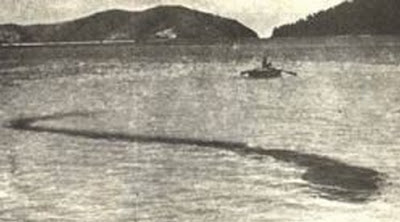
Two pale spots which look like the creature’s eyes are obvious. There’s also a pale patch near the base of the tail. Le Serrec said that this was a wound and suggested that the creature had been damaged by a ship’s propeller, and this explained why it was resting in a lagoon.

Le Serrec also said that he and de Jong went under water to get a closer look but decided not to get close after the creature lifted its head from the seafloor and opened its mouth. Eventually, it swam off. Le Serrec first told his story in the March 1965 issue of Everyone magazine. Even by this time, it had been investigated by people seriously interested in monsters, namely Belgian cryptozoologist Bernard Heuvelmans and his friend and colleague Ivan T. Sanderson.
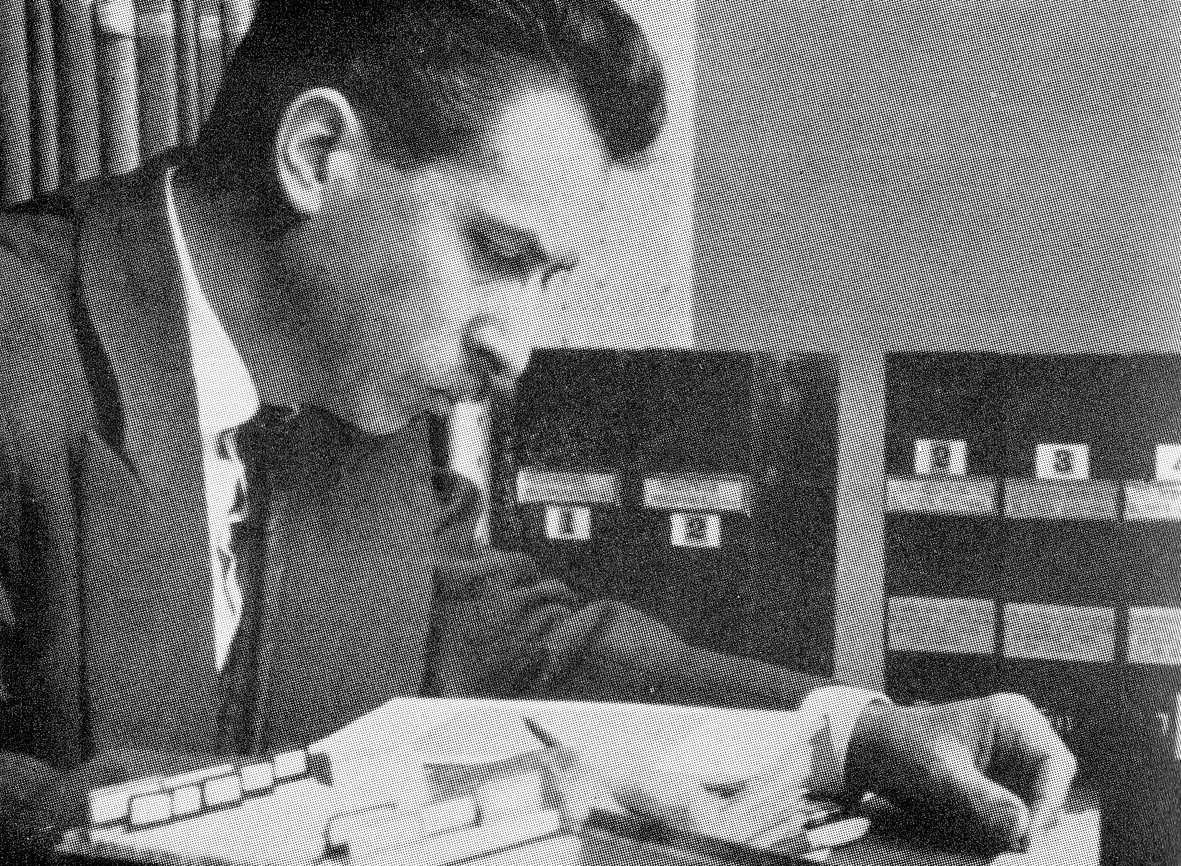
Sanderson [shown here, on the cover of one of his many books] knew of the story from Feb’ 1965, since Le Serrec had initially tried (and failed) to sell the story to the US media. #cryptozoology #seamonsters #monsters

Sanderson had concluded that the photos didn’t show an animal, but that it might be either a plastic bag used by the US Navy “for experiments in towing petrol”, a deflated skyhook balloon which had become covered in weed, or a roll of cloth which had been tied together in places. Heuvelmans was suspicious too and made enquiries. As reported in his 1968 book In the Wake of Sea Serpents, Heuvelmans found that Le Serrec had actually told friends in France that he was about to go away and make a lot of money from something which “involved the sea serpent”
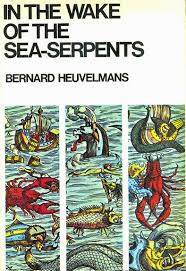
Heuvelmans also said of Le Serrec that “he had left unpaid creditors in France and did not seem very trustworthy”, and there’s even a claim from Coleman & Huyghe’s 2003 book on sea monsters that Le Serrec was wanted by Interpol. As I said in my 2013 article on this case “Character assassination of this sort is argued to be irrelevant by some, and maybe it is. On the other hand, there are good reasons for thinking that people with a track record of being untrustworthy really are untrustworthy”.

For all this relative certainty that the case was a hoax, Sanderson and Heuvelmans did both entertain the idea that the creature might have been real. Sanderson suggested in an article that – if it was real – perhaps it was a giant swamp-eel, or synbranchid. Synbranchids are eel-like, air-breathing fish (they’re not eels at all), but they’re small (less than 60cm), and eel-shaped rather than tadpole-shaped. Here’s an 1847 illustration of a synbranchid, by Paul Louis Oudart.

Heuvelmans made the suggestion that – if real – the monster could have been “some kind of gigantic eel-like selachian”
He perhaps had in mind here the idea (mentioned in his 1968 Sea Serpents book) that there were one or more species of immense, long-bodied shark awaiting discovery in the ocean, an idea which has its own backstory which I won’t explore here.

Heuvelmans did otherwise make it clear, however, that he favoured the idea of it being plastic sheeting weighed down with sand. This is my preferred idea too. Some people have argued that the object is a fish shoal. I think this is a non-starter. It doesn’t look like a fish shoal at all. Sure, fishes can mass together and make blob-like or teardrop-like shapes, but not for an extended period of time as occurred here, plus. …. a fish shoal wouldn’t maintain the distinct, obvious tadpole-like form of Le Serrec’s monster. Nor would a fish shoal explain the EYES.
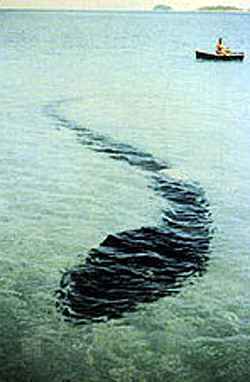
If you know anything about sea monsters, you likely know that Heuvelmans came up with a ‘9 fold classification’ for sea monster sightings. He argued that sea monster sightings could be grouped into 9 types, representing 9 new species… [pics by @LordGeekington]. #seamonsters
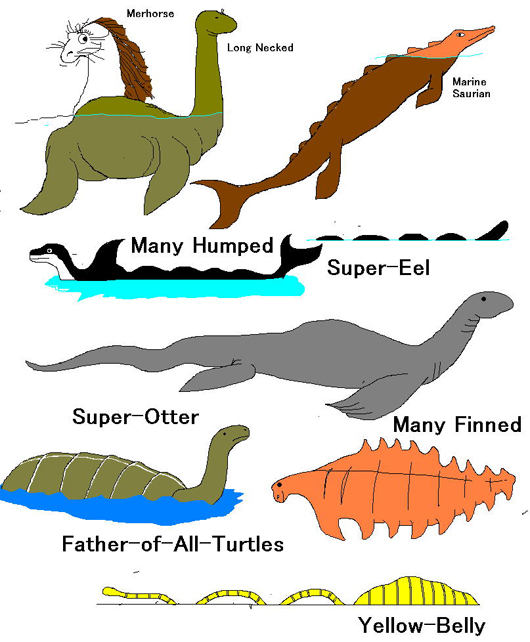
The system hasn’t stood up well to scrutiny, but that’s another story I can’t cover here. If you’re interested, I cover it in my 2017 book #HuntingMonsters.
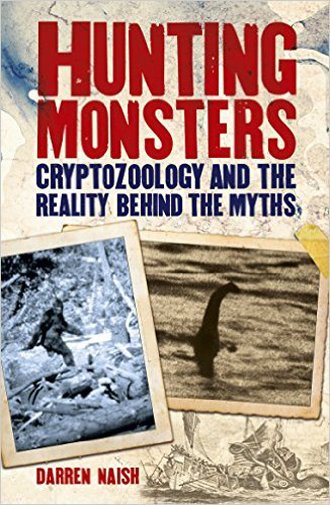
One of these 9 types was the YELLOW BELLY, a long-tailed, tadpole-like sea monster of tropical seas. I wonder if Heuvelmans invented this category BECAUSE of the Le Serrec monster. Does this work out in terms of timing? [drawing by D. Naish].

Heuvelmans published his yellow belly idea in 1965 (when the French edition of his sea serpent book – titled Le Grand Serpent-de-Mer – appeared in print), whereas Le Serrec’s photos are from 1964 and wouldn’t have been known to Heuvelmans until early 1965
That’s probably too close to allow crossover, so this idea is probably nonsense. It’s explored in a bit more depth in my 2013 article about this case…
And that’s about it. The Hook Island monster photos still do the rounds online, often with only part of the story attached. I still like the photos a lot as they look great. In fact, they have to be ranked as among the best #monster #hoax photos of all.

Not really a logical argument, though. More like wishful thinking.
LikeLike
I am going to risk my ‘good name’ , reliability as an educated person of the animal kingdom… and support this, ( unsavoury, possible criminal), Frenchman’s 📷 as genuine. Le Serrec might have just accomplished, (and was damn lucky for benefitting from circumstances in Hook Bay at that very time/place.), one of the best statements to Zoological research/ documenting…that their work is far from done. Still an enormous amount of unknown Fauna on earth.
LikeLike